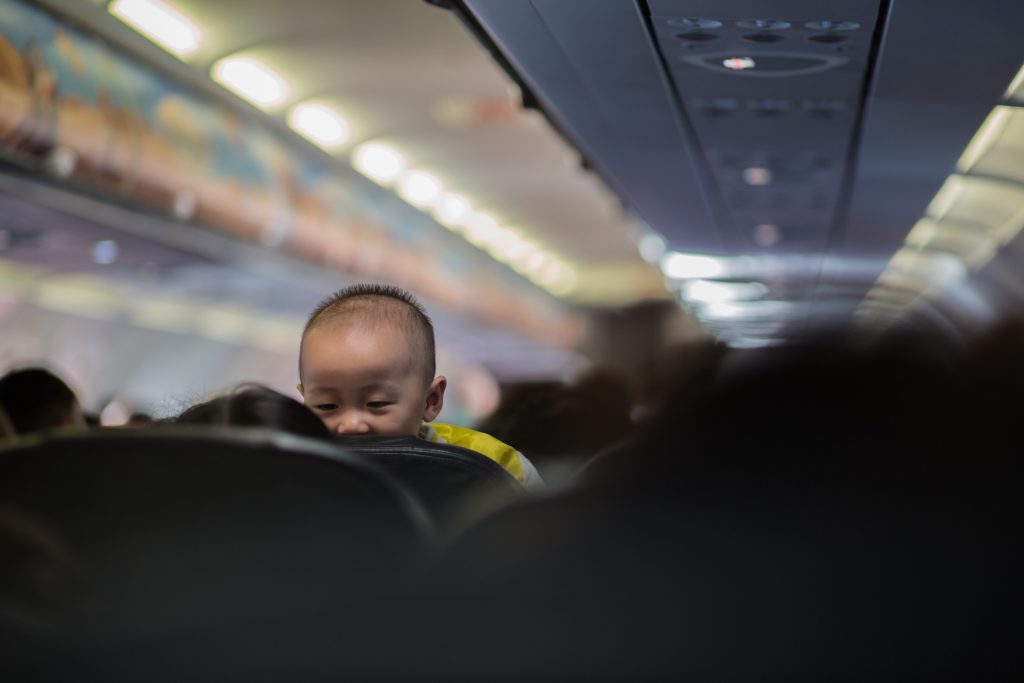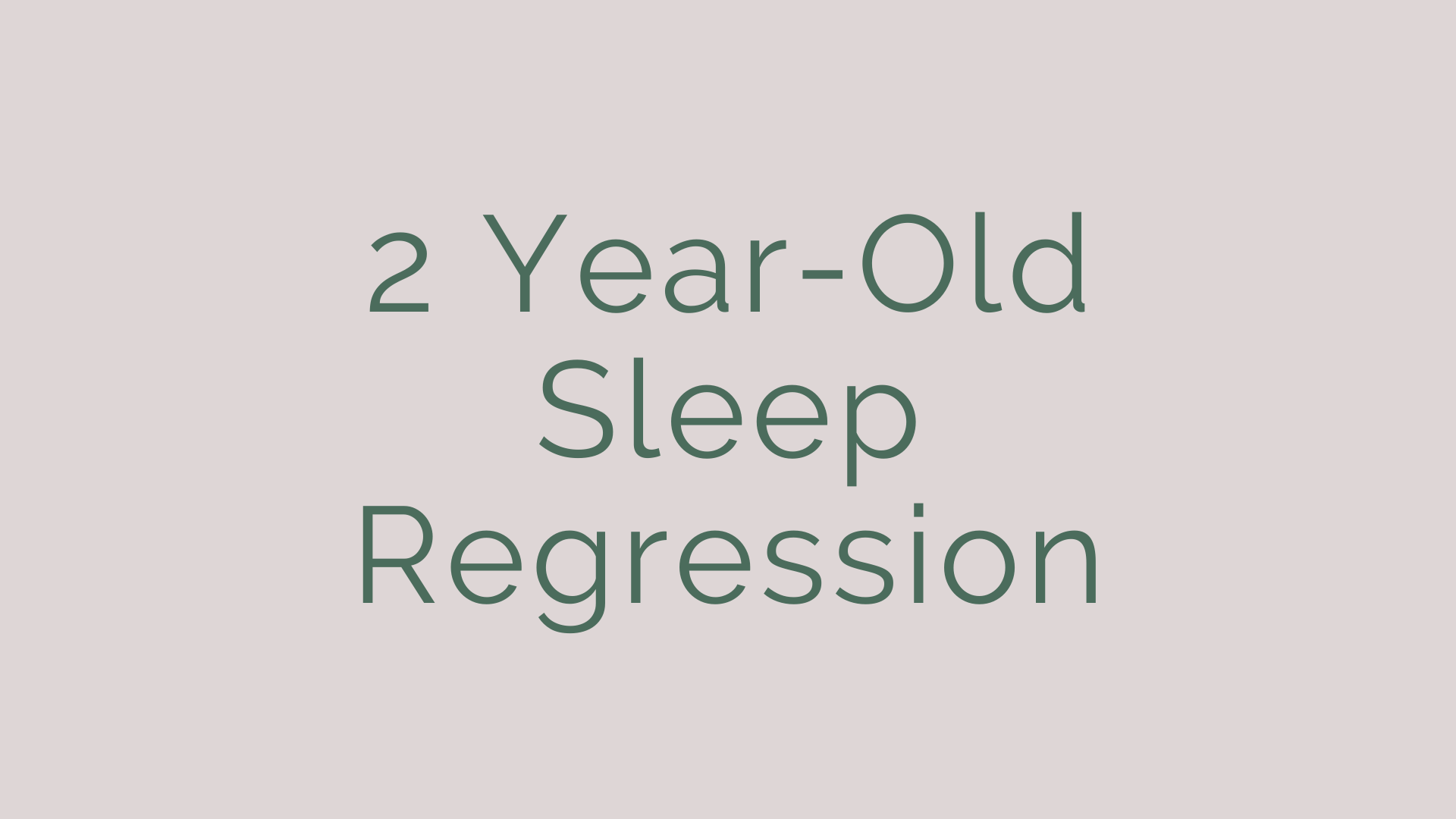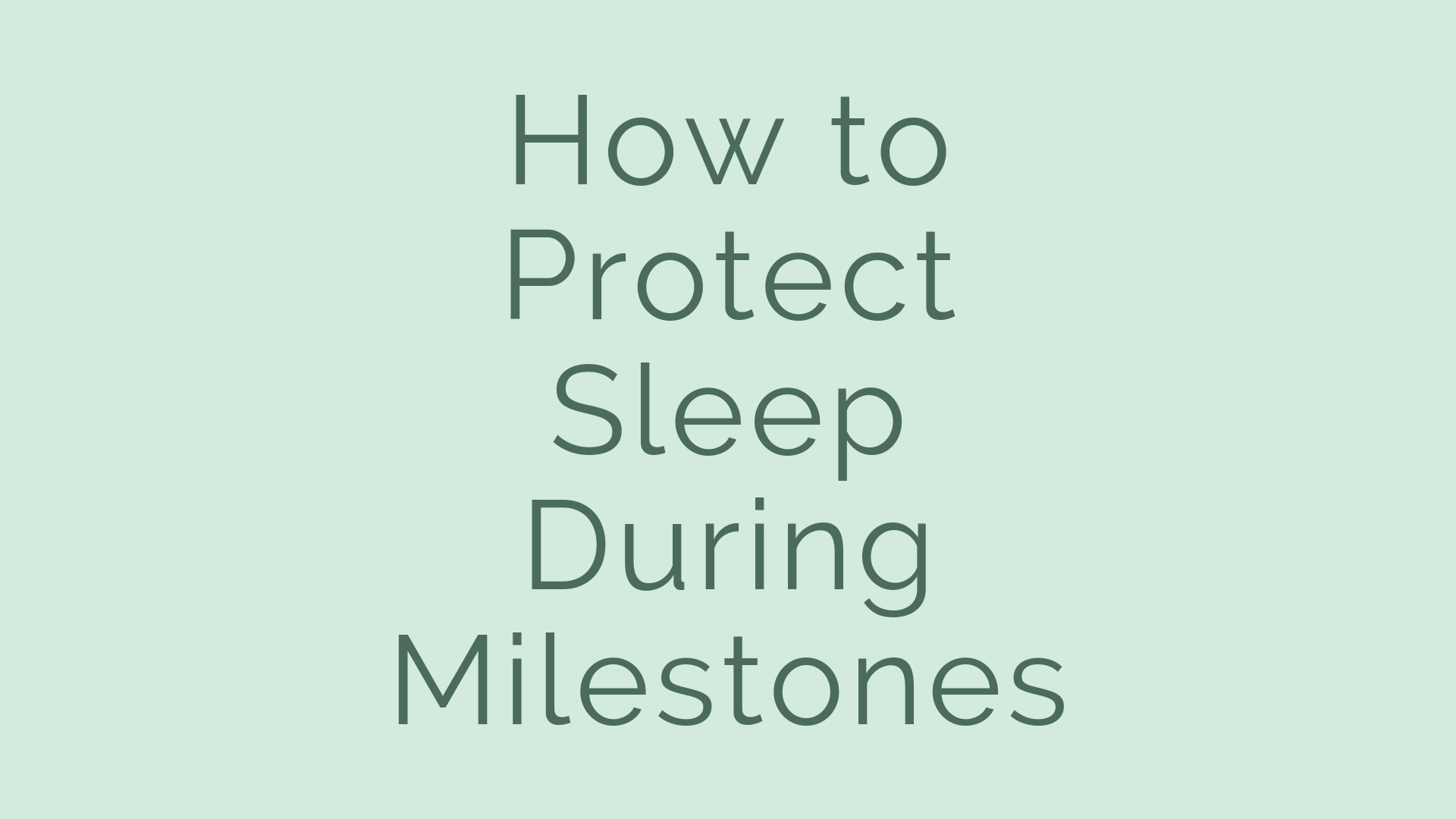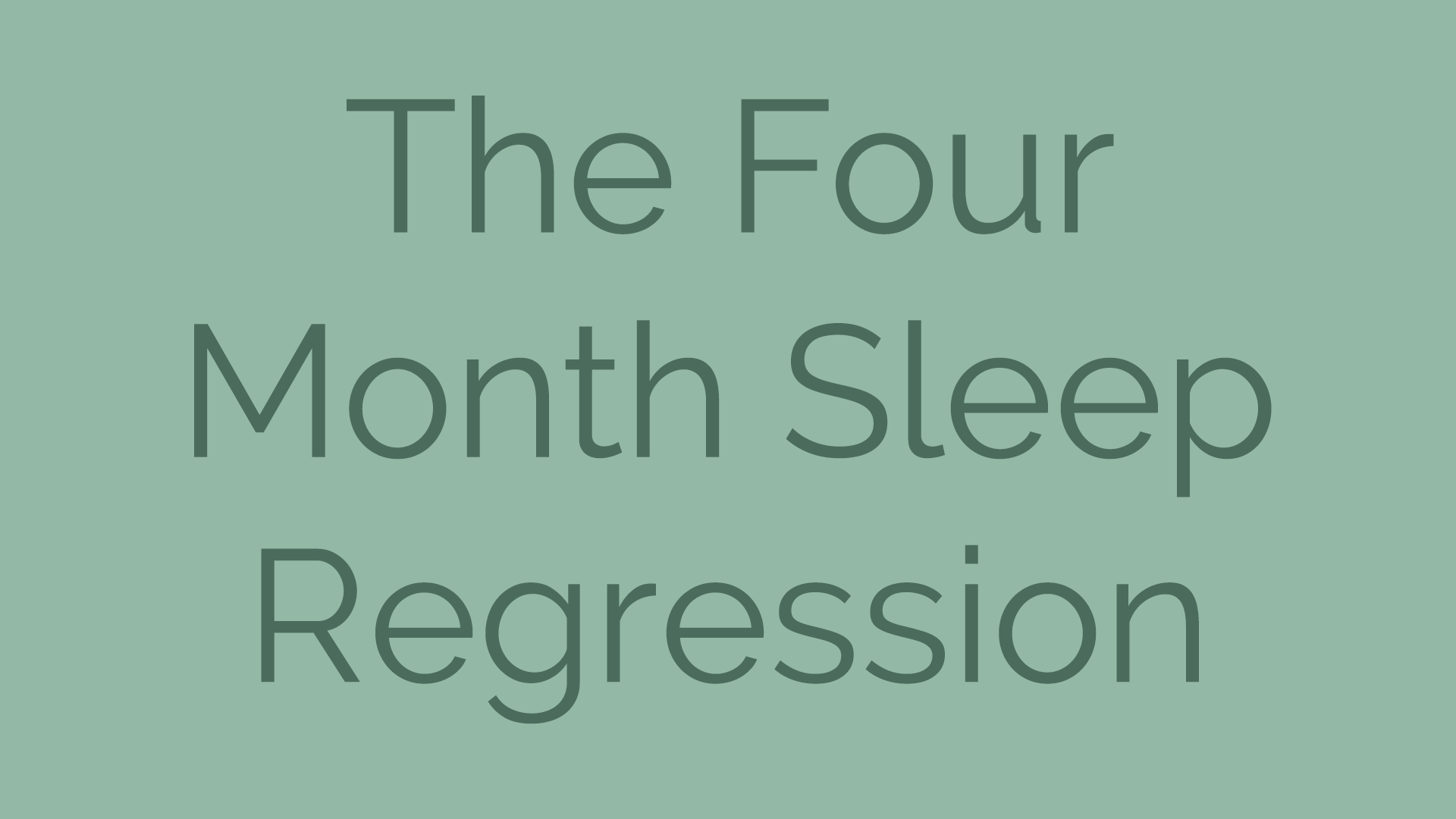Last Updated .
I get questions every week from clients on how to deal with time zone changes when traveling. This post is mainly for my Northern American clients traveling from coast to coast. However, I do also have articles for Asian travel, and my top tips for family travel! To make this easy, let’s break down the two most common issues families experience…

Photo Credit: Octav Cado
Traveling West to East
Most of my clients live in the US, and are often traveling from the west coast to the east coast. Assuming your child is on a 7 am to 7 pm schedule, attempt to keep them on their west coast schedule for as long as possible when going east.
As an example… If your LA-based baby goes to bed at 7 pm, when they arrive in NYC, put them to bed around 10 pm east coast time. Accordingly, you’d likely see your baby waking closer to 9 am or 10 am east coast time. Continue keeping them on the later east coast time bedtime (of 9 or 10 pm) until they start to wake on their own closer to 7 am east coast time. Once that occurs, switch them to a 7 am – 7 pm east coast time schedule.
Be aware that for most babies this shift generally occurs within about 3-5 days of arriving on the east coast. So don’t expect for them to stay on a 10 pm – 10 am schedule for long. (Although, bonus if they do!) Babies and toddlers are so extremely sensitive to sunlight. Unless the room they’re sleeping in is completely pitch black! The sunlight entering the room starting at 6 or 7 am is going to cause their body to want to wake, and start their day at that time. Despite the later bedtime.
Traveling East to West
If you are east coast-based and traveling west, or if you are returning home to the west coast after a trip to the east coast, here’s how to adjust.
If your child is going to bed at 7 pm east coast time, when they arrive on the west coast you’ll start to notice them appear very tired for bed quite early (around 4 or 5 pm). It’s very important to work as *hard* as you can to keep your kiddo up until as close to 7 pm west coast time as possible. Do this as soon as you arrive to the west coast. However late you manage to be able to put them down, do not start their day until 12 hours after that time.
For those who have trained using the Baby Sleep Trainer method, the “no checks after 4 am guideline” will be especially helpful to implement during this transition. It takes slightly longer for kid’s to adjust going east to west than the other way around.
Be aware that these guidelines do work for time changes that are greater than 3 hours. However, if your time zone change exceeds 5 or 6 hours, I would refer to the blog post I mentioned earlier. It explains how to adjust for much longer time changes! (For example, if you are traveling from Los Angeles to Singapore.)
How to Handle Naps
During the transitional periods, time naps based on whatever time your child starts their day. So a 7 am to 7 pm toddler who naps at 10 am and 2:30 pm might nap at 11 am and 3:30 pm on the day he wakes at 8 am instead of 7 am.
If you would like to learn about an age-appropriate sleeping schedule for your baby, how to deal with regressions (a common occurrence after trips!), and much more – sign up for my newsletter!





Leave A Comment